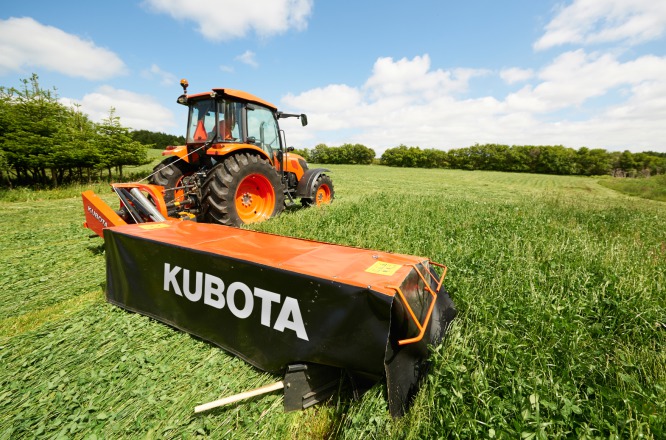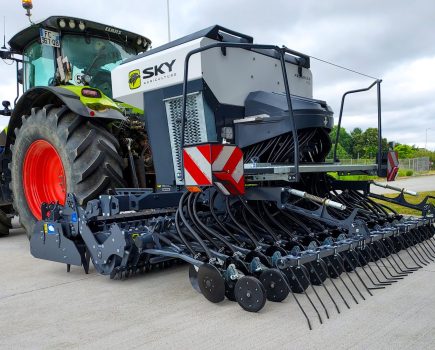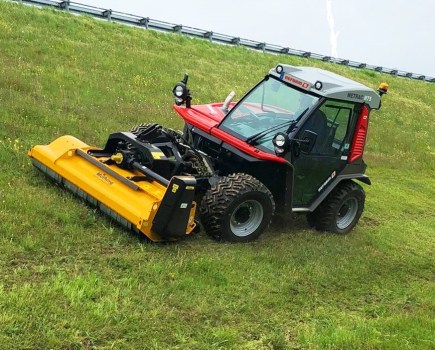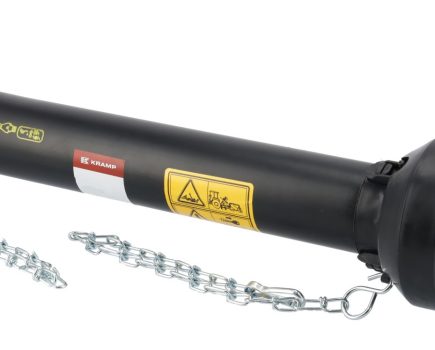Kubota Corporation has changed its fiscal year-end to December, and for the final nine months of last year reports sales of US$11,024 billion. An increase of over 9% on the same period in 2014, in the domestic Japanese market the 5% increase in revenues was due mainly to increased sales of farm and construction equipment. Export revenues rose significantly and especially in North America, which the concern attributes to higher sales of compact tractors. Increasing tractor, construction and engines sales also helped the concern to increase its European sales, but the demand for farm implements stagnated. Increased mechanisation in many Asian countries, including Vietnam, helped Kubota to sell more compact tractors and combine harvesters, but a severe drought led to a substantial decline in compact tractor sales in Thailand. The return of government subsidies saw combine harvester volumes rise significantly in China. For 2016, Kubota forecasts a 3.6% increase in revenues, driven mainly by further expansion in North America, Europe and Asia. The official message is a clear one; the farm and industrial machinery sector is at the core of the growth strategy to develop Kubota as a major global brand, and the company plans to further increase its product offering in the professional farm equipment and construction sectors. B
Kubota continues to grow its business

Kubota Corporation has changed its fiscal year-end to December, and for the final nine months of last year reports sales of US$11,024 billion. An increase of over 9% on the same period in 2014, in the domestic Japanese market the 5% increase in revenues was due mainly to increased sales of farm and construction equipment. Export […]






